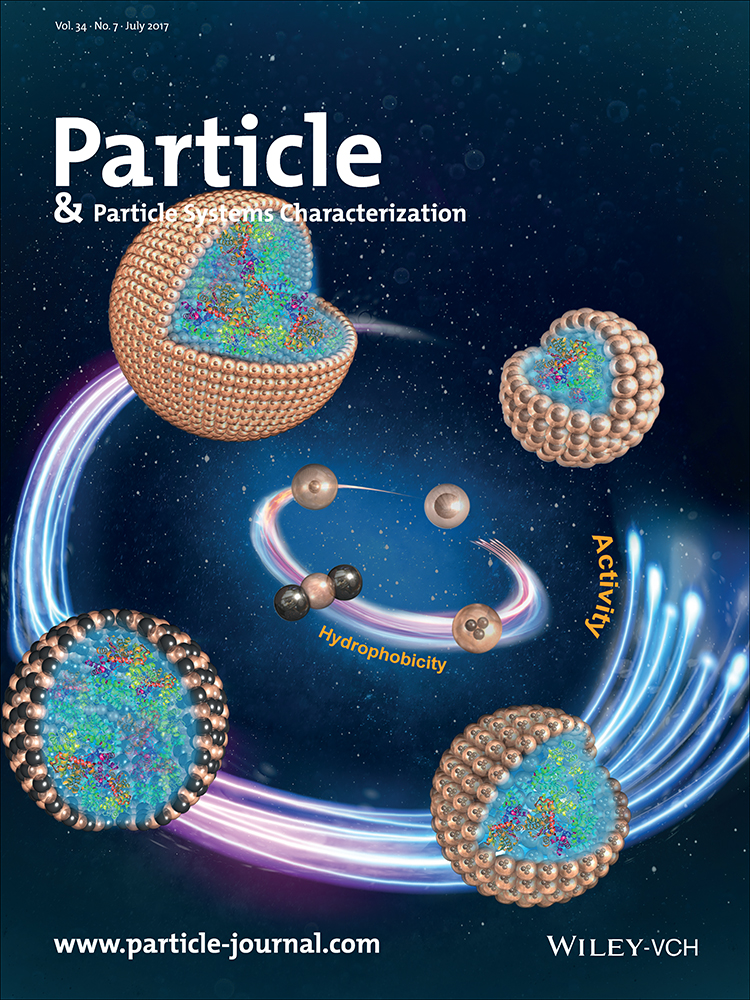Atomically Precise Transformations and Millimeter-Scale Patterning of Nanoscale Assemblies by Ambient Electrospray Deposition
Abstract
The performance of semiconductor devices can be fine-tuned through chemical transformation of their nanostructured components. Such transformations are often carried out in controlled conditions. Herein, the use of electrospray deposition of metal ions from solutions in air is reported, to bring about chemical transformations across mm2-sized areas of nanostructures. This is illustrated with monolayer assemblies of ultrathin tellurium nanowires (NWs). The process does not require any reducing agent and can transform the NWs chemically, in the solid state itself, under ambient conditions. By using suitable masks, the beam of ions can be patterned to localize such transformations with nanometer precision to obtain aligned multiphasic NWs, containing atomically precise phase boundaries. By controlling the time of exposure of the spray, the scope of the process is further expanded to produce tellurium-metal telluride core–shell NWs. The method described here represents a crucial step for ambient processing of nanostructured components, useful for applications such as semiconductor device fabrication.




